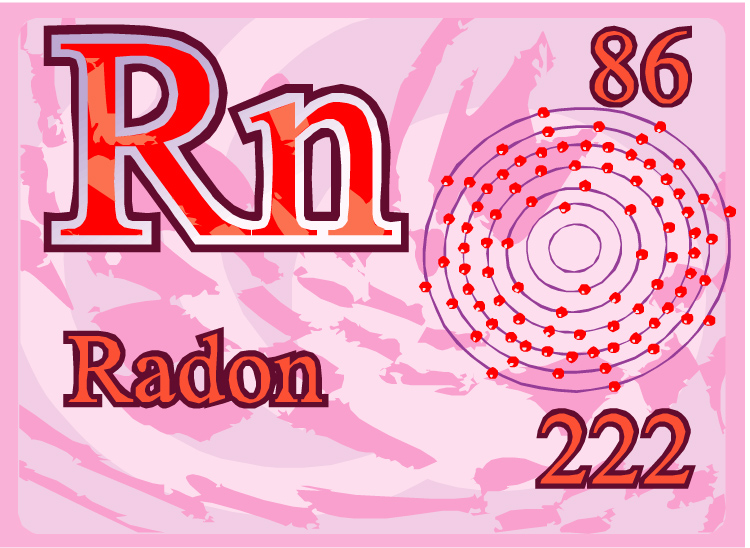Iowa is believed to have the largest percentage of homes in the U.S. with radon levels above what the EPA (Environmental Protection Agency) calls “acceptable.” Mindy Uhle, with the Iowa Department of Public Health, says at least half of the homes in the state have an elevated radon level, which puts the state in the “zone one” category.
Radon is an odorless, colorless, tasteless gas that causes no immediate health symptoms, but long-term exposures may cause lung cancer. It comes from the breakdown of uranium in soil. Uhle encourages all homeowners to purchase a radon test kit, which typically costs less than $20.
Radon gas typically seeps into a house under the home — through cracks in the foundation, floor or walls, and openings around floor drains, pipes and sump pumps. Uhle suggests having a second test done if a first test shows high levels of radon in your home. Repairs to fix the problem are expensive.
Last week, Governor Terry Branstad signed a proclamation, formally declaring January as “Radon Action Month” in Iowa.






